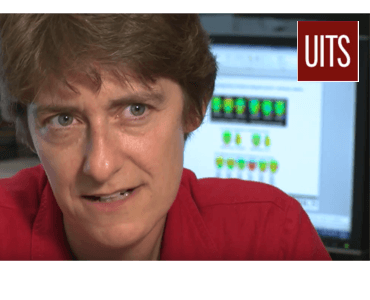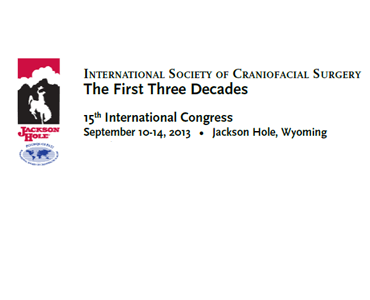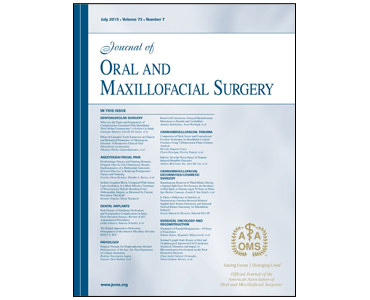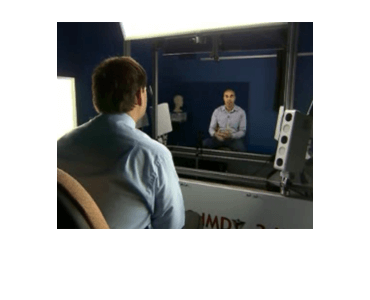Autism: Comparative Genomics and Interactomics. C Barth, N Bishop.
Date: January 2014 Source: Comprehensive Guide to Autism, pp 2853–2880. New York: Springer, 2014. Abstract: Many common human neurological disorders, including autism spectrum disorder (ASD), epilepsy, Alzheimer’s disease, attention-deficit/hyperactivity disorder (ADHD), and schizophrenia, have complex genetics and inheritance patterns. While understanding the molecular mechanisms of single-gene disorders is comparatively straightforward, complex diseases are, by their…









